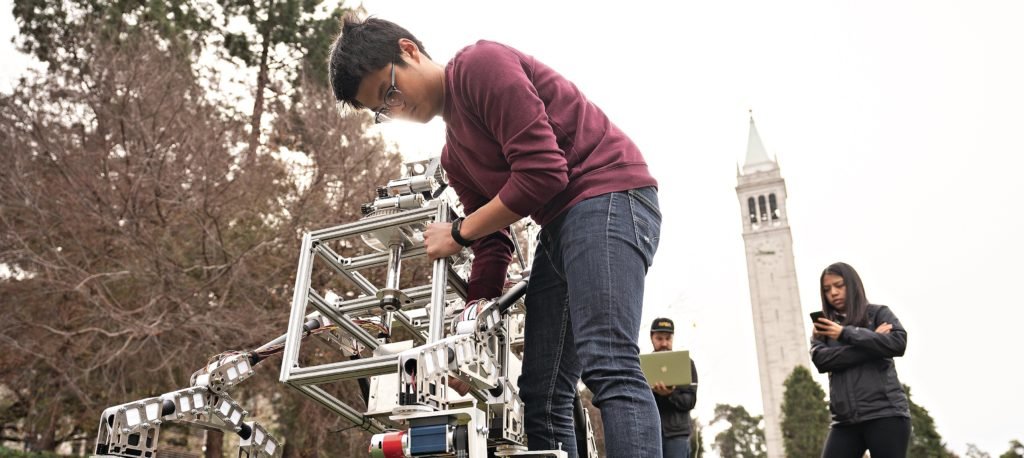After launching the Understanding Evolution website as an educational source for the public in 2004, researchers at Berkeley’s Museum of Paleontology quickly discovered that many people lacked a grounding in the fundamentals of science. For example, some didn’t grasp the distinction between scientific fact and theory, or didn’t fully appreciate the complex workings of the scientific method. To help address that shortcoming, the team created another website, Understanding Science, which launched in January, this time geared toward educators. "We really feel it’s our responsibility to help teachers at a pre-university level emphasize how science works, and not how it’s perceived to work," project coordinator Judith Scotchmoor ’66 explained.
To that end, the site offers not just teaching tips and lesson plans for classes as early as kindergarten, but also in-depth examples of the scientific method at work. For example, a story on Berkeley geologist Walter Alvarez’s hypothesis that an asteroid impact led to the extinction of the dinosaurs takes pains to define even common words such as "evidence" and "observation," while guiding readers through a flowchart tracing the circuitous path from discovery to hypothesis to further research and revision. The result differs greatly from the overly simplistic, linear version of the scientific method taught in most classrooms. As explained on the site, the textbook version of science provides a neat view of science "summarized after the fact" but not of "how science is actually done."



















